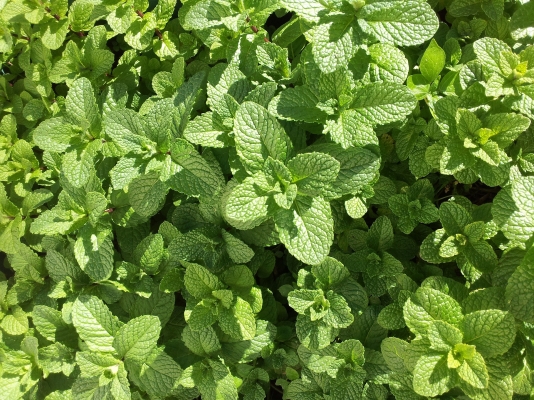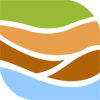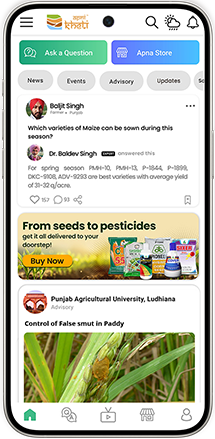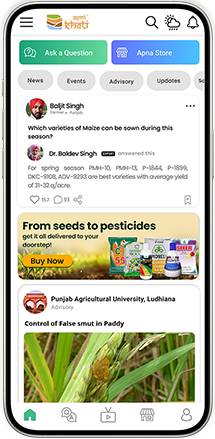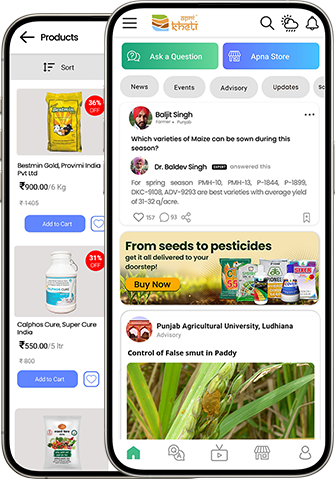General Information
Mint belongs to family of Lamiaceae, It is perennial herbs, popularly known as “Pudina” in hindi. It is used as herb and used to add flavoring of various dishes. Menthol is extracted from mint, and it is used in flavouring of mouthwash, tooth paste etc. It also possess medicinal property, such as it helps in improving digestion, to control nausea and headache. Also helps in weight loss.
Uttar Pradesh, Andhra Pradesh, Punjab, Haryana are major mint growing states in India.

